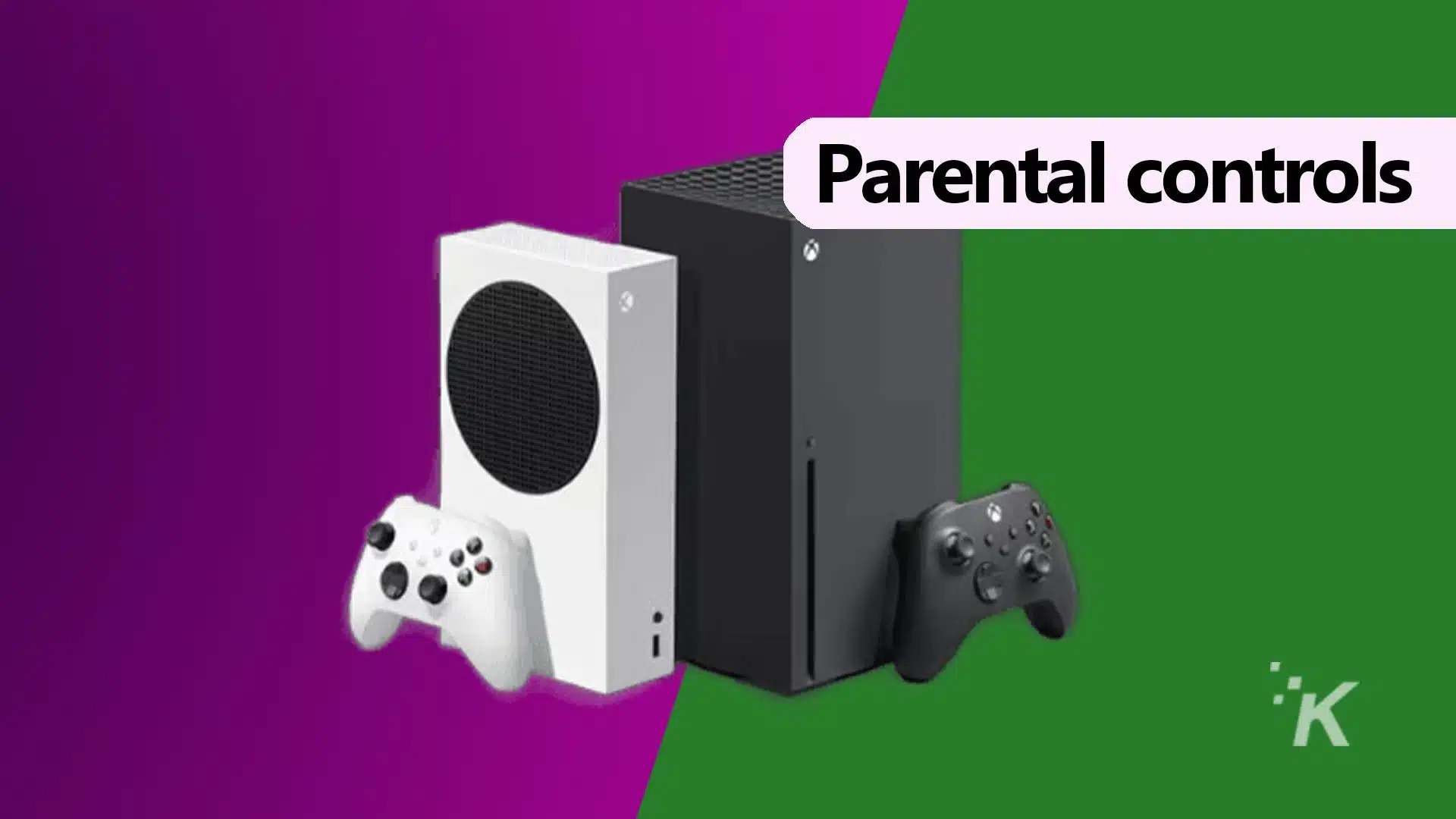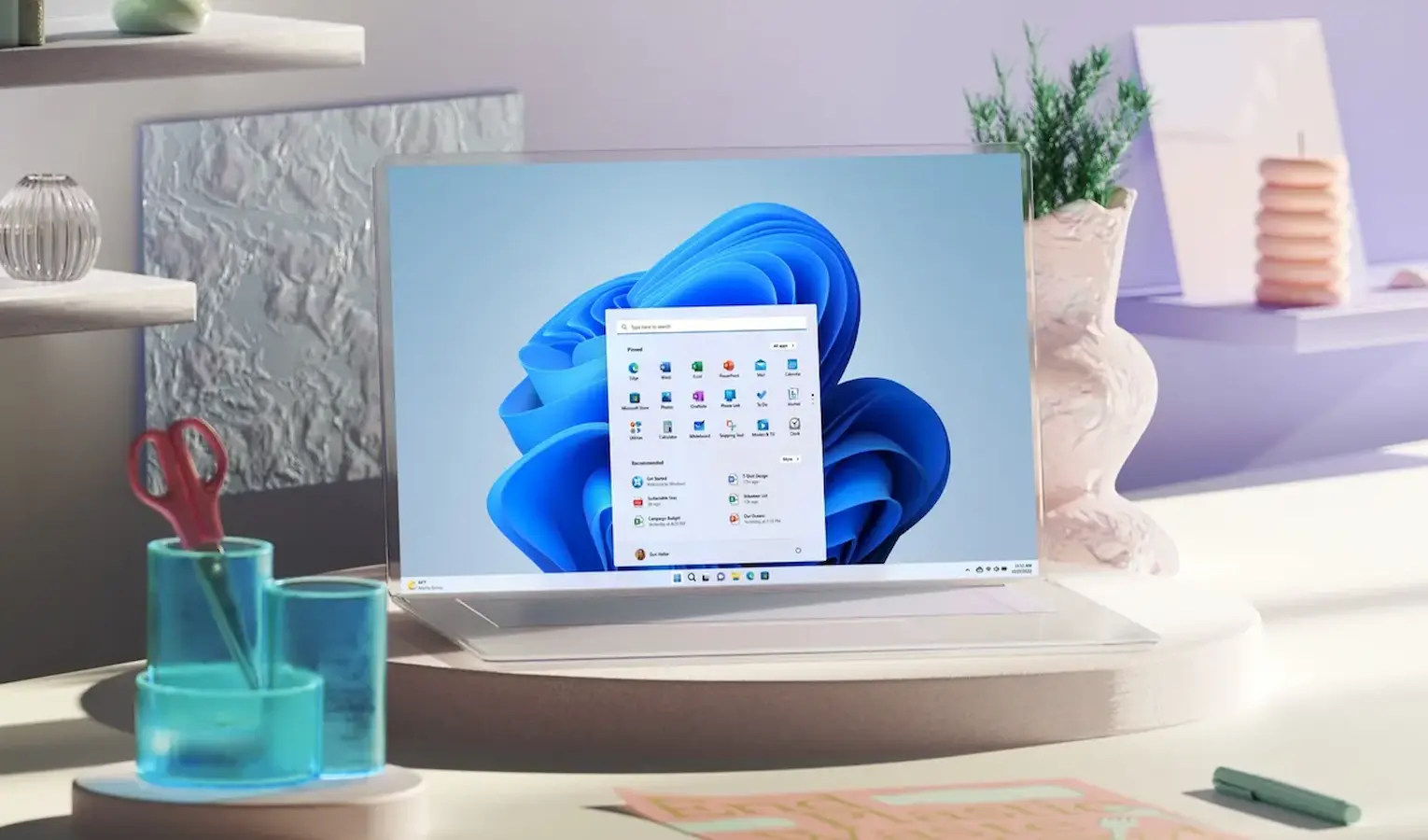One of an iPhone’s most useful features is adjusting the screen brightness based on the environment or battery levels. The iPhone display keeps dimming automatically, which is a feature, but many users mistake it for a fault.
Anyway, if you don’t want your iPhone to dim the display when you actively use it, you need to make a few changes in the iPhone Settings.
1. Disable the Auto Brightness Feature
Auto brightness is the feature responsible for the iPhone display dimming issue. Hence, if you don’t want your iPhone display to get darker automatically, you must turn off the auto brightness feature.
1. Launch the Settings app on your iPhone.


2. When the Settings app opens, scroll down and tap on Accessibility.


3. On the Accessibility screen, tap on Display & Text Size.


4. On the next screen, turn off the toggle for Auto Brightness.


2. Manually Adjust the Screen Brightness
After disabling the auto brightness feature, you will need to adjust the screen brightness. The brightness level you’ll set here will remain unchanged until you enable the Auto-Brightness or adjust the brightness level again.


To manually adjust the screen brightness on your iPhone, open the Control Center. To open the Control Center, swipe down from the top right corner.
On the Control Center, find the brightness slider and adjust it as needed.
3. Turn Off Attention-Aware Features
Attention Aware Features are another reason for iPhone dimming the display automatically. Hence, if you don’t want your iPhone to dim the screen brightness, you should turn off the Attention-Aware features as well. Here’s what you need to do.
1. To get started, launch the Settings app on your iPhone.


2. When the Settings app opens, tap on Accessibility.


3. On the Accessibility screen, tap on Face ID & Attention.


4. On the next screen, turn off the toggle for Attention Aware Features.
.

4. Disable the True Tone Feature
True Tone is a feature that automatically adjusts the display color and intensity based on the environment’s lighting conditions.
If you don’t want your iPhone to adjust the display automatically, you will want to turn off this feature as well.
1. Launch the Settings app on your iPhone.


2. When the Settings app opens, tap on Display & Brightness.


3. On the Display & Brightness screen, turn off the toggle for True Tone.


5. Turn Off the Night Shift
Although the Night Shift doesn’t dim the screen, it automatically shifts your display’s colors to the warmer end of the color spectrum after dark.
This feature is supposed to help you get a better night’s sleep, but you can turn it off if you don’t like it.
1. Launch the Settings app on your iPhone.


2. When the Settings app opens, tap on Display & Brightness.


3. Next, tap on the Night Shift.


4. On the next screen, turn off the toggle beside Scheduled.


6. Disable the Auto Lock feature
If your iPhone is set to lock the screen automatically, just before it locks the screen, it dims the screen to let you know that the screen is about to get locked.
Auto lock is another feature that dims your iPhone screen. While we don’t recommend turning off the auto-lock feature, we will still share the steps to make you aware of it.
1. Launch the Settings app on your iPhone.


2. When the Settings app opens, tap on the Display & Brightness.


3. On the Display & Brightness, tap on Auto-Lock.


4. Select the Auto-Lock to Never.


These are some of the best working methods to fix the iPhone Display Keeps dimming issue. If you need more help on this topic, let us know in the comments. Also, if you find this guide helpful, don’t forget to share it with your friends.
“Hey there! Just so you know, we’re an Amazon affiliate. This means if you buy something through our links, we may earn a small commission. It doesn’t cost you extra and helps keep our lights on. Thanks for supporting us!”











